
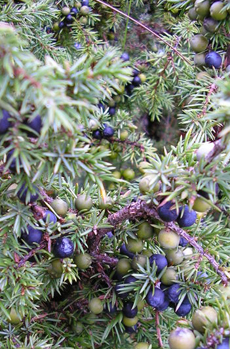
Juniperus communis, showing the juniper berry, from which gin is made. The green berries ripen to deep purple-black. The juniper is a seed-bearing conifer, a woody plant that also includes cedar, cypress, fir, kauri, larch, pine, redwood, spruce and yew. Photo courtesy of Wikimedia Commons.
June 2007
Updated May 2009
|
 |
Martin Miller’s Gin
Page 2: Gin Ingredients
This is Page 2 of a four-page article. Click on the black links below to visit other pages.
Gin Ingredients
The botanicals to make gin come from around the globe: after acquiring them, the master distiller has to decide how to vary them to get the exact right mix. The key ingredient in gin is juniper, which provides the distinctive flavor and aroma. In fact, while gin is the quintessential British spirit, it was developed in the 17th century in the Netherlands as a medication: Juniper berries are a diuretic and were also thought to be an appetite stimulant and a remedy for rheumatism and arthritis. The name “gin” is derived from either the French genièvre or the Dutch jenever, words for “juniper.*”
*See Wikipedia references for “Juniper Berry.”
But juniper is just one of hundreds of berries, herbs, roots and spices that can be used to make the spirit. That’s why each brand of gin has its unique flavor. Martin Miller’s recipe uses eight ingredients: juniper berries from Tuscany, plus angelica, cassia bark, cinnamon bark, coriander, Florentine orris, lemon peel, licorice root, nutmeg and Seville orange peel.
Angelica Root
The angelica plant (also spelled anjelica) grows in temperate zones worldwide. Every part has a use: The roots and seeds are used to flavor spirits, the leaves are eaten in salads and other dishes, the stems are candied to decorate desserts, the seeds are used in perfume. Angelica is also a remedy for digestion and colds. |
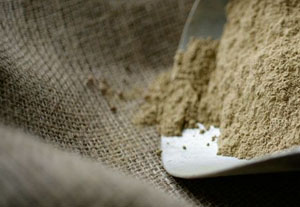 |
Cassia Bark
Instead of cinnamon, a common gin flavoring, Martin Miller’s uses a cousin, cassia bark, or Chinese cinnamon (sometimes labeled Indonesian Cinnamon), the bark of an evergreen tree native to southern China and Southeast Asia. It has a more assertive cinnamon flavor than true cinnamon. |
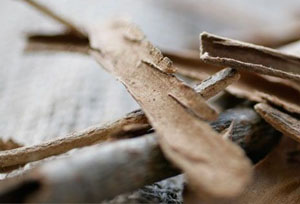 |
Coriander
A member of the parsley family, coriander is the seed of the cilantro plant (“Chinese parsley”). They can be used whole or ground, and provide a sweet, somewhat fruity flavor. Coriander is popular in Indian and Middle Eastern cuisine, while cilantro is often used in Asian and Mexican dishes. |
 |
Juniper Berry
The fruit of the juniper evergreen shrub, the strong-flavored berry is used as a food seasoning. They are usually crushed or ground in like peppercorns to release their flavor. In addition to providing the principal flavor to gin, they are popular in Scandinavian cuisine for meat dishes (particularly game), pickled foods, sauces, sausages, soups, stews and stuffings. |
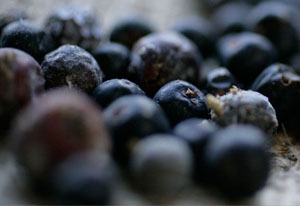 |
Licorice Root
Licorice, spelled “liquorice” in the U.K., comes from the root of a southern European herbaceous plant: the word “licorice” is derived from the Ancient Greek words for “sweet root”. The root is boiled to obtain an extract used as a flavoring. Its flavor is similar to anise, star anise, fennel and tarragon. |
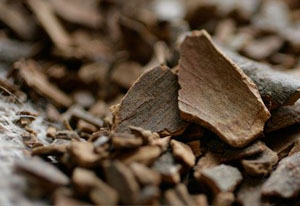 |
Orris Root
Also known as Florentine Iris, this is the root of three species of iris, grown principally in southern Europe. Once important in western herbal medicine, it is now used mainly as an ingredient in many brands of gin and as a fixative and base note in perfumery—it is the substance left out of products that are labeled hypo-allergenic. |
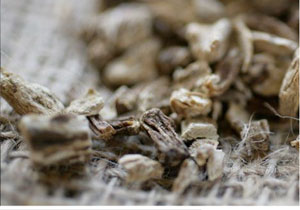 |
Continue To Page 3: Classic Gin Cocktail Recipes
Go To The Article Index Above

|










